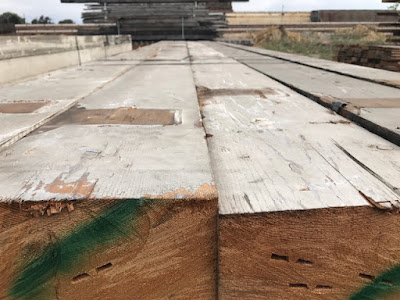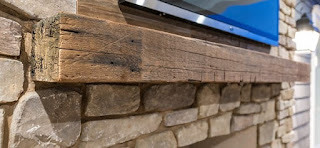A Sustainable Choice
Don’t be fooled by
inferior western red cedar from unknown sources. Shop with a company like PEFC
certification is the environmental star of excellence issued to forest
management companies. At The Lumber Baron, all of our Western Red Cedar comes
from PEFC sources, so you know that you are getting the best lumber from a
responsible lumber mill.
Different Grades of Cedar
There are 3 grades of cedar. Each grade can be used for a variety of projects, and
has it’s own unique appearance and texture. The Lumber Baron stocks all three
grades, depending on market availability. Here’s what to look for:
·
Select
Tight Knot -
Contains some small knots. Used for both interior and exterior applications.
·
Super
Select Heart -
Quality cut heartwood, showing very few knots. Works well for everything from
cabinets to siding.
·
Clear
All Heart -
This top-of-the-line grade comes from the heart of old growth timber and is
free of knots and blemishes. Ideal for any construction project.
Perfect for Every Application
Western Red Cedar is durable, yet light and easy to work with. Clear and higher
grades are cut from old growth heartwood, providing a more densely packed
material that is resistant to rot and decay.
·
Kiln
Dried Cuts -
Freshly milled or milled and fired timber that has been prepared right here at
our on site saw mill. All new cut Western Red Cedar comes from timber lands
with PEFC certification. Available in all common 1- and 2-by sizes.
·
Beams
and Timbers -
For roof supports, beams and sturdy outdoor projects, Western Red Cedar is
available in dimensions ranging from 4-by-4 to 12-by-12, and lengths of up to
20 feet are generally in stock. Longer pieces can be milled to your
specifications.
·
Cedar
Palings -
Inexpensive cedar palings are sold by the bundle, and each paling is a full
¾-inch thick. That’s 50 percent thicker than buying palings of a lesser quality
at the big box stores.
To get an idea of how Western Red Cedar can enhance your remodel or new build, look through our showcase of projects. Each one was completed using one or more of our featured lumber projects. Some simple carpentry skills, your imagination, and an appreciation for fine lumber are all you need to craft some exciting projects that will stand the test of time. Stop by the lumber yard at The Lumber Baron today to see our current Western Red Cedar offerings.


